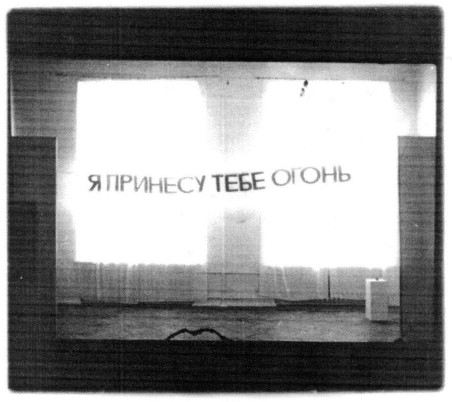The direction in art, which prioritizes the transfer of concepts and ideas through artistic possibilities, is called conceptualism. A conceptual art object acts as a means, represents an artistic gesture and can be expressed in the form of any object (phrase, text, diagram, graph, drawing, photograph, audio and video material) or in the form of any documentation about an object, phenomenon or process.
The beginning of this trend is the practice of Marcel Duchamp, who was the first to use the finished thing in the form of works of art (ready-made), accompanied by a detailed description of the concept. The artist turned his attention not to aesthetics, but to the fullness of the new meanings and meanings of a familiar object. He also asked the cultural community and the public the question “what is art?”.
In conceptualism in the post-Soviet space, one can trace disappointment in the previous picture of the world, criticism of social and social foundations, manifestation of one's own “I”, reflections on the possibilities of art, its boundaries and contexts. Conceptual art contributed to the beginning of the development of installations, the adoption of photography and performance as equal to painting and sculpture.
The demonstration of Belarusian conceptual art began with exhibitions of the Minsk creative association “Nemiga-17”. The group sought to move away from the principles of social realism with its art and searched for a new visual language. The strengthening of the artist's formal method was associated with creative liberation.
In 1985, an exhibition-presentation of Belarusian conceptual art “1+1+1+1+1+1+1” was organized in Minsk. Artists whose works were included in the show: Sergey Malishevsky, Andrey Plesanov, Lyudmila Rusova, Igor Kashkurevich, Adam Globus and Vladislav Kufko. The exhibition was never opened, was banned by the authorities, the building was cordoned off.
The non-profit gallery of contemporary independent art "6th Line" in Minsk was the largest platform for experimental art, including conceptual art, in Belarus. She was the first to present new forms of modern artistic practices to the Belarusian audience. During its existence, it has held more than 50 exhibitions, art actions and performances.
In the 1990s, Minsk conceptual photography became widespread abroad. Representatives: Igor Savchenko, Vladimir Shakhlevich, Galina Moskaleva and others.
Representatives of Belarusian conceptualism: Vladimir Tsesler, Sergey Voichenko, Alexei Zhdanov, Lyudmila Rusova, Todor Kopsha, Viktor Petrov, Vitaly Chernobrisov, Olga Sazykina and art groups: “Square”, “Comi-con”, “Block”, “Pluralis”, "Form", "Galina".
Conceptual art has not lost popularity, but rather is the basis of contemporary art. Artists find new forms and use innovative materials, ways to convey ideas in a work of art.































-thumb.jpg?alt=media&token=10bcbe7d-5f09-4b8d-ab93-c26e4dd4020f)
















-thumb.jpg?alt=media&token=630cc124-14c2-4620-823d-0ab5076ceb58)














































































